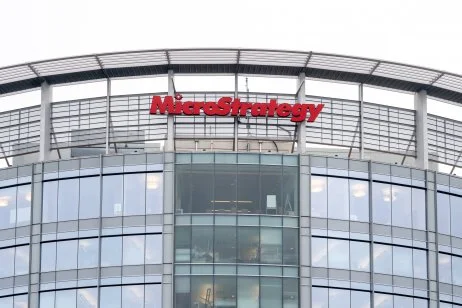On Tuesday, the troubled crypto lending company, BlockFi, shared some good news. They’ve managed to recover from their financial troubles, officially putting their bankruptcy recovery plan into action as of October 24.
This recovery, often called an “emergence,” means that BlockFi has successfully restructured its financial situation to a point where it can start paying back the people it owes money to. While not everyone will get their full investment back right away, this marks the beginning of BlockFi’s efforts to recover assets from third parties and sort out the claims of their customers.
In a statement on Tuesday, BlockFi expressed their pride, saying, “We’re happy to report that we reached our Effective Date faster and more efficiently than many other crypto companies that serve everyday investors.”
BlockFi declared bankruptcy on November 28, which was less than a month after the crypto exchange FTX and its affiliated trading company, Alameda Research, faced a downfall. BlockFi had significant exposure, totaling $1.2 billion, to these two entities, which are now suspected of being involved in a massive fraud using customer funds.
BlockFi has now outlined its plans to recover assets from these bankrupt entities, which include FTX, Alameda, and Three Arrow Capital (3AC). They mentioned, “If we succeed in legal actions against these entities, it could boost the amount clients can recover.”
For customers who use BlockFi’s custodial wallets, they can request withdrawals starting today. However, those with interest-bearing accounts (BIA) and loans may not receive their initial payouts until early 2024. The timing of any additional payments will depend on various factors, especially any recoveries from FTX and its related companies, as stated by BlockFi.
FTX is thinking about reopening its exchange as part of its comeback strategy, and they plan to give their current customers a share in the re-launched platform. They’re also considering options like teaming up with a partner to help restart operations or selling the exchange altogether.
Last year, several other trading companies also faced financial difficulties, including Celsius, Voyager, and Genesis. Genesis, in particular, was supposedly affected by the fraudulent actions of FTX. In recent court testimony this month, it was revealed that the former leader of Alameda presented Genesis with a fake financial statement to make Alameda’s risk appear lower than it actually was.
The former CEO of BlockFi, Zac Prince, made accusations against Alameda a few days after the incident. He pointed fingers at Alameda, claiming that they were responsible for BlockFi’s troubles. He said that Alameda concealed their loans to FTX in the balance sheet they showed him.
However, BlockFi’s creditors have a different perspective. They have accused Prince of lending nearly a billion dollars to Alameda, despite being aware of Alameda’s financial troubles.





